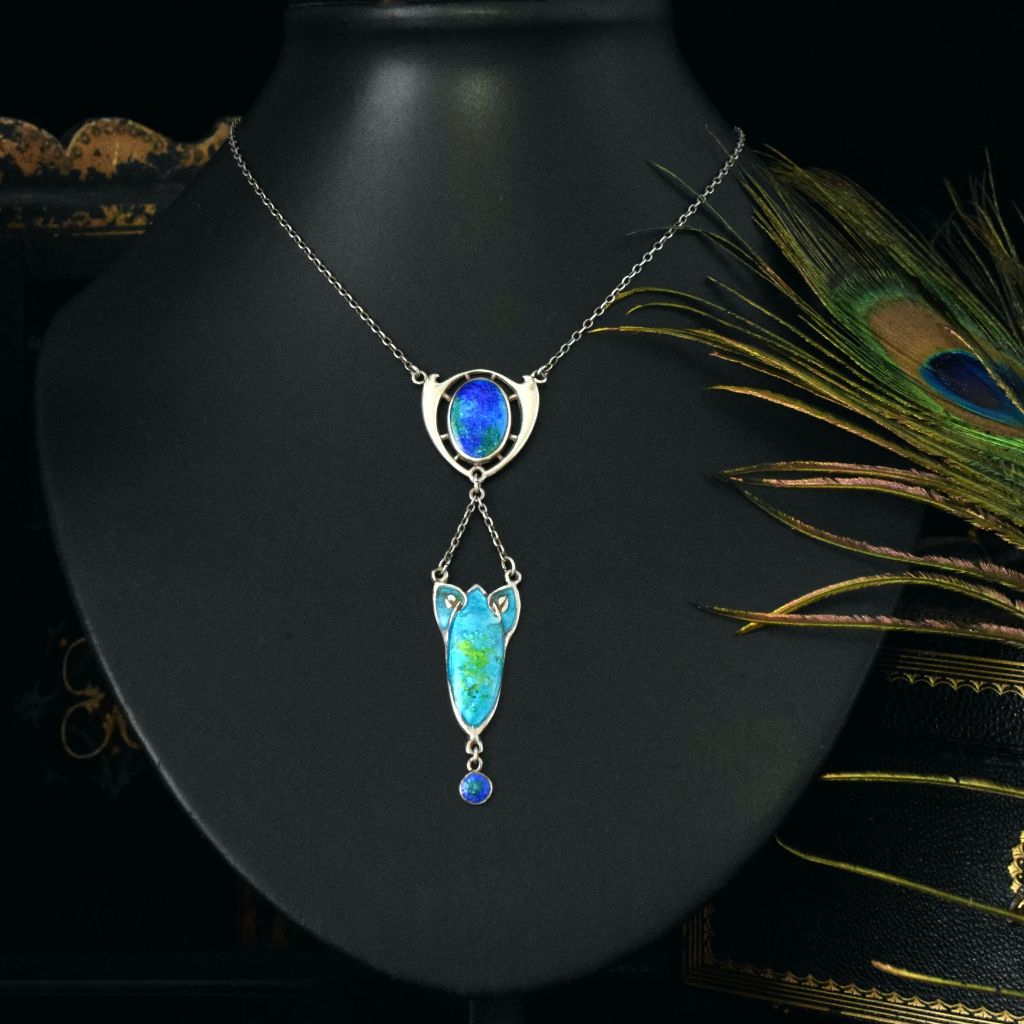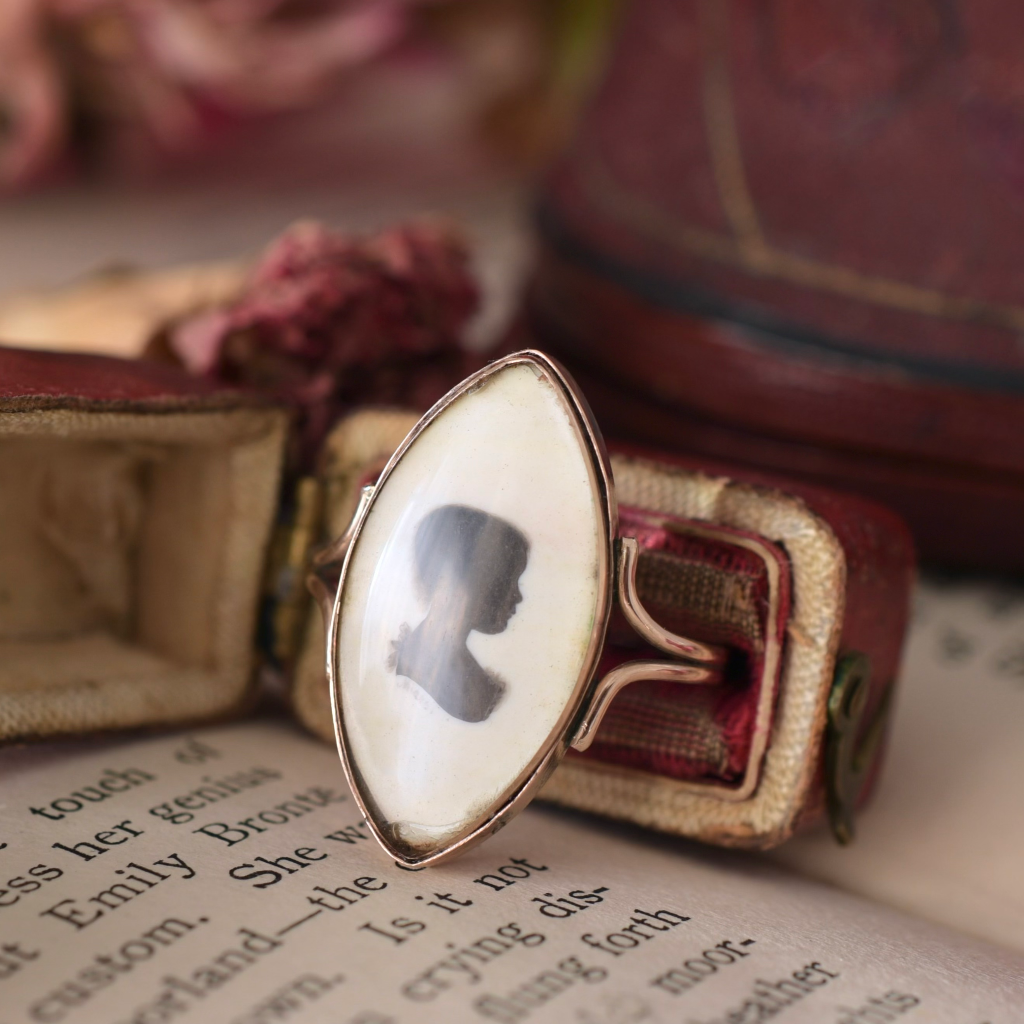The Victorian era, renowned for its innovation, political reform and social change, initiated a shift from rationalism that defined the Georgian period replacing it with romanticism and even mysticism in terms of religion, social values and art. The Victorians were deeply fascinated with ancient society, influenced largely by the archaeological excavations of Pompeii and Herculaneum ( 1738 and 1748), and the artefacts discovered, capturing the imaginations of the people in Britain who fell in love with the style and design of these ancient worlds.
Though there are many different styles associated with archaeological revival jewellery, Etruscan revival jewellery is but one style we will explore more closely as we have had the absolute pleasure to procure several exquisite pieces recently.
Etruscan Revival Jewellery of the 19th century was heavily influenced by the Ancient Roman Empire, specifically the Etruscan civilisation (circa 7th to 3rd centuries BC) of ancient Italy, one of the greatest civilisations the world has ever seen. Their architecture and arts were as sophisticated as the Greeks and it was said that the the Etruscans were deeply religious and superstitious, burying their treasures with those that had passed away.
Gold Etruscan Revival Suite with Ram’s Head Decorations
Available via 1st Dibs
For centuries the Etruscans were the prevailing power in the region, enjoying great wealth, art and jewellery that would later be discovered during the excavation of Pompeii and Herculaneum.
Jewellery of this period was noted for its technique, in particular, the use of granulation: the process of applying very small gold beads to the surface metal using heat rather than solder and intricately wrought golden earrings and necklaces with twisted wires applied to the surface (early filigree work).
Techniques of this nature had never been seen before the time of the excavations which only intensified the fascination the Victorian’s had for Etruscan culture.
Etruscan revival jewellery was most popular during the 1860s to 1880s and it is believed the style emerged with Italian jewellery Alessandro Castellani.
The Castellani family would create stunning archaeological revival jewellery which incorporated the techniques and craftsmanship of the time with the Etruscan style to create incredible pieces showcasing cannetille, shell elements, micro-mosaic, mounted gemstones, ornate Gold work, filigree Gold scaffolds and the Greek key design.
The industrial age would bring mass production of the archeological styled jewellery and objects into reach of the masses while the American Civil War period made mourning jewellery of Victorian England accessible and appealing to the American society.
Archaeological revival jewellery is as popular among collectors today as it was over 150 years ago, the resurgence in part due to the incredible craftsmanship and technique that has lasted the test of time and the realisation that pieces of this period are becoming increasingly harder to source in today’s market.
 Antique 15ct Yellow Gold And Turquoise Photo Locket Brooch Circa 1875-1880
Antique 15ct Yellow Gold And Turquoise Photo Locket Brooch Circa 1875-1880
Available for purchase. Click here
We have had the pleasure to offer many wonderful Etruscan Revival pieces of which we have shared several of our absolute favourite finds below that have since found their forever homes.
Antique Victorian 18ct Yellow Gold Garnet Fringe Earrings Circa 1880
 Antique Victorian 15ct Gold Etruscan Revival Bangle Circa 1880
Antique Victorian 15ct Gold Etruscan Revival Bangle Circa 1880

Antique 18ct Yellow Gold Victorian Etruscan Revival Earrings

Antique Victorian 15ct Gold Etruscan Revival Starburst Ring Circa 1880
Antique Victorian 15ct Yellow Gold Starburst Pearl And Enamel Locket Bangle Circa 1880

Antique Victorian 18ct Yellow Gold And Garnet Earrings Circa 1870









